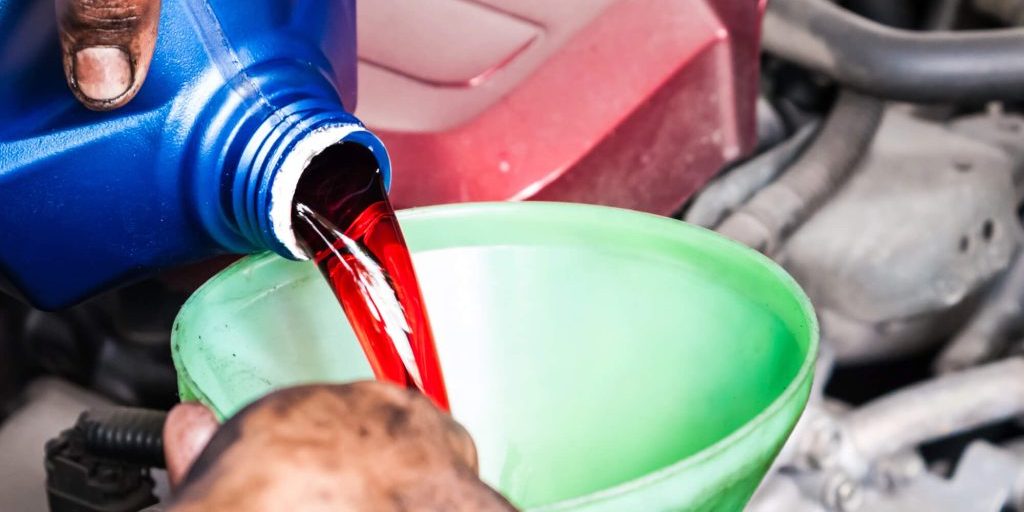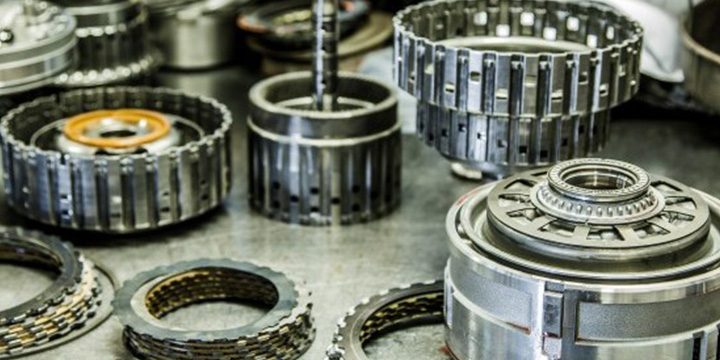Automatic transmissions frequently asked questions
September 19, 2019
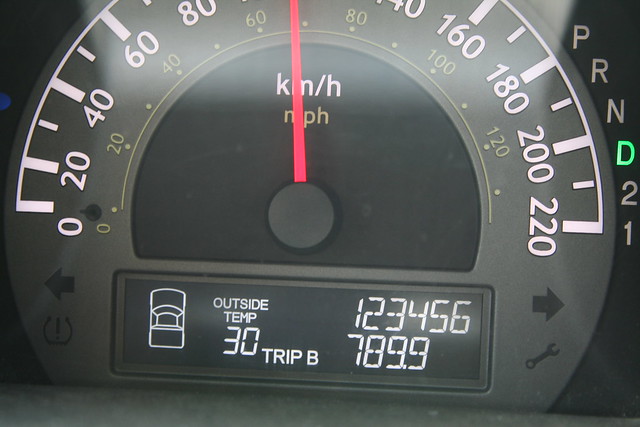
Automatic transmissions-we take them for granted! Automatic transmissions involve a series of specially machined parts and processes that work together to shift your car into gear (and more!) If you stop and think about what they actually do, it seems like witchcraft. Let’s explore our favourite part of the engine a little more in-depth by answering some common questions.
How Does an Automatic Transmission Work?
Simply put, an automatic transmission uses sensors to detect when it needs to shift gears. Then, using internal oil pressure, it slides smoothly into the proper gear. The number of moving parts within your car’s automatic transmission is difficult to wrap your mind around. What do all those parts even do? Let’s break it down:
- The automatic transmission is responsible for providing a series of different-sized gears between the engine and drive wheels of a car
- Your engine connects to your transmission at a place called bell housing. The bell housing encompasses a torque converter for automatic transmission-equipped vehicles
- The torque converter is a fluid coupling whose job it is to connect your engine to your transmission and thus to your driven wheels.
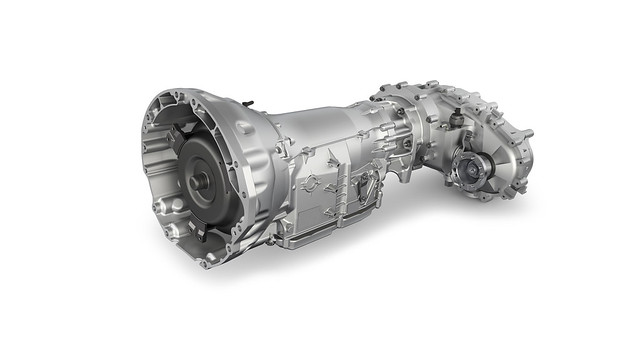
- The transmission uses the principle of planetary gearsets, which stay enmeshed. This gives the transmission ability to vary gear ratios. This causes both speed reduction and torque multiplication.
- Transmission fluid pumps in a loop between the impeller to the turbine. When the fluid is returning from the turbine, it works against the impeller’s rotation and therefore against the engine.
- The stator sits between the impeller and turbine. Its mission? Increase torque output by redirecting the fluid as it returns from the turbine to the impeller.
- Stators provide your auto with more torque when you’re either stalling or while accelerating, but not during cruising.
- Some torque converters contain a lock-up clutch that “locks” the turbine with the torque converter housing. This ensures the turbine and impeller stay mechanically connected.
How May I Check Automatic Transmission Fluid?
Your engine’s transmission fluid flows in a closed loop from the impeller to the turbine, helping to amplify torque. The fluid goes through a lot. When “churning losses” (an amount of fluid lost over time) occur, the temperature of the fluid rises. This degrades the fluid, which starts to break down over time.
To check your automatic transmission fluid, look for a dipstick handle sticking out of your transmission. This is located toward the rear of an in-line engine on vehicles with rear-wheel drive–simply check your owner’s manual if you can’t spot it on sight. If your car hesitates when reaching certain speeds (when the automatic transmission shifts gears) check your transmission fluid level before you call up your mechanic. When in doubt, have a professional look at it.
How Often Should an Automatic Transmission be Serviced?
Guidelines for mileage and time vary between car makes and models. Drivers can also make the difference, depending on how they use or abuse their transmissions. A usual automatic transmission lasts around 180,000 to 220,000 kilometres or approximately seven years. That’s a general rule. However, extreme cases exist across the spectrum. Some autos have early failure while others experience extreme longevity.

Extend the life of your automatic transmission with routine maintenance and flushing. If you have experience working under the hood, you may be able to flush your transmission on your own. Take out the guesswork by hiring a mechanic to have your transmission’s fluid and filter changed. Similar to an oil change, you’ll want to refer to your owner’s manual specifications for exact service intervals. In general, it’s good to change the oil and filter every 20,000 to 30,000 km or every year and a half. Newer cars will need to have their automatic transmission flushed free of particles and debris every 50,000 to 60,000 km.
How Often Should You Change Automatic Transmission Fluid?
Transmission fluid is designed to cool down the internal parts of the transmission. All those moving parts create a lot of heat! Low fluid levels can make the transmission overheat and cause serious, irreversible damage. Depending on how much you drive, it’s a good idea to check the transmission fluid at least once a month with the engine running.
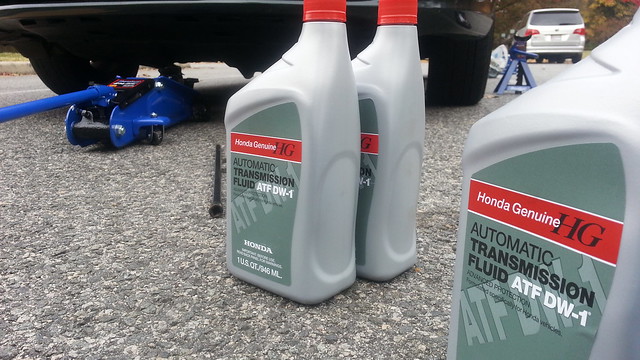
Some people swear by synthetic transmission fluids for the following reasons:
- Better Resistance to Oxidation
- Smoother Shifting
- Longer transmission life
- Resist thermal degradation
- Reduce rust
Before making the switch to a synthetic, you should use the type of transmission fluid recommended by your owner’s manual. Over time, heat breaks down the organic compounds in regular automatic transmission fluid. This makes it less effective and can wear down your transmission, especially if it is older. Heat-resistant synthetic fluid will benefit your aging automatic transmission. It’s especially helpful to those who drive heavy industrial vehicles, or frequently ride through mountains. A transmission specialist can help determine the best fit for your engine.
What Should I do When Automatic Transmission is Slipping During Acceleration?
A slipping transmission is a telltale sign that your automatic transmission either needs to be serviced or repaired. Keep your eyes and ears open for the following signs:
- Unusually high RPM
- Delays in acceleration
- Unable to reverse the car
- Burnt or unusual smells
- Check engine light is on
- Shifting gears is more difficult than usual
- Shifting gears produces harsh noises
We do not recommend driving a vehicle with a slipping transmission. If your vehicle unexpectedly starts switching gears while you are driving, this can quickly turn into a dangerous situation! Also, when a transmission starts to slip, the vehicle can be unreliable and shaky. Another sign of a slipping transmission is that the vehicle simply does not change gears smoothly.
It’s good to know that when your transmission gears are slipping it does not always mean your transmission is failing. If you catch a shifting issue very early, a transmission fluid flush can sometimes fix shifting issues. The fresh fluid helps all of the system’s discs to bond and hold without slipping. When in doubt, have a professional look at it.
Read on...
